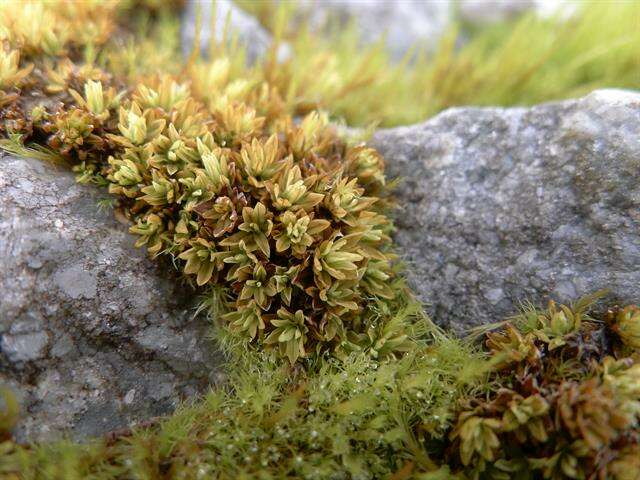
913.112234.jpg from: https://eol.org/pages/36970
Introduction
In the vast and captivating world of bryophytes, one particular moss species stands out for its resilience and adaptability – the Barbula tenuirostris Brid., commonly known as Barbula. This unassuming yet remarkable member of the Pottiaceae family has captured the hearts of moss enthusiasts worldwide, offering a fascinating glimpse into the intricate tapestry of nature’s smallest wonders.
Background
Before delving into the intricacies of Barbula tenuirostris Brid., it’s essential to understand the broader context of bryophytes. These non-vascular plants, which include mosses, liverworts, and hornworts, are often overlooked but play a crucial role in various ecosystems. They are among the oldest land plants on Earth, with a rich evolutionary history dating back millions of years.
Main Content
Morphology and Identification
Barbula tenuirostris Brid. is a small, acrocarpous moss that forms dense, cushion-like tufts or mats. Its slender stems are typically less than an inch tall, adorned with delicate, lance-shaped leaves that curl inward when dry. The leaves are characterized by their distinctive tenuirostris (slender beak) shape, which gives the species its name.
One of the most remarkable features of Barbula is its ability to survive in extreme conditions. Its leaves are coated with a waxy cuticle, which helps prevent water loss and protects the plant from desiccation. Additionally, the moss can enter a dormant state during periods of drought, reviving itself when moisture becomes available again.
Global Distribution and Habitat
Barbula tenuirostris Brid. is a cosmopolitan species, meaning it can be found on almost every continent. It thrives in a wide range of habitats, from urban areas to natural landscapes, showcasing its remarkable adaptability. This moss can be found growing on soil, rocks, walls, and even tree bark, often forming vibrant green carpets in unexpected places.
Ecological Roles and Adaptations
Despite its diminutive size, Barbula tenuirostris Brid. plays a vital role in various ecosystems. As a pioneer species, it helps stabilize and enrich soil, paving the way for other plants to establish themselves. Additionally, mosses like Barbula contribute to water retention and nutrient cycling, making them invaluable components of healthy ecosystems.
One of the most fascinating adaptations of Barbula is its ability to reproduce both sexually and asexually. During favorable conditions, it produces spore capsules that disperse tiny spores, allowing the moss to colonize new areas. However, when conditions are less favorable, Barbula can propagate through fragmentation, with small pieces of the plant establishing new colonies.
Case Studies/Examples
In urban environments, Barbula tenuirostris Brid. has proven to be a resilient pioneer, often colonizing areas disturbed by human activity. For instance, in the city of Berlin, Germany, this moss has been observed growing on old brick walls and pavements, adding a touch of green to the urban landscape.
| Characteristic | Description |
|---|---|
| Family | Pottiaceae |
| Genus | Barbula |
| Species | tenuirostris Brid. |
| Common Name | Barbula |
| Growth Form | Acrocarpous moss |
| Leaf Shape | Lance-shaped, curling inward when dry |
| Habitat | Soil, rocks, walls, tree bark |
| Distribution | Cosmopolitan |
| Reproduction | Sexual (spores) and asexual (fragmentation) |
Conclusion
Barbula tenuirostris Brid., or simply Barbula, is a true marvel of the bryophyte world. Its resilience, adaptability, and ecological significance make it a fascinating subject for moss enthusiasts and naturalists alike. As we continue to explore and appreciate the intricate tapestry of life on our planet, this unassuming moss serves as a reminder of the incredible diversity and complexity that surrounds us, even in the smallest of forms.
Ponder this: If a tiny moss like Barbula can thrive in the harshest of conditions and play such a vital role in our ecosystems, what other wonders might be hidden in plain sight, waiting to be discovered and appreciated?